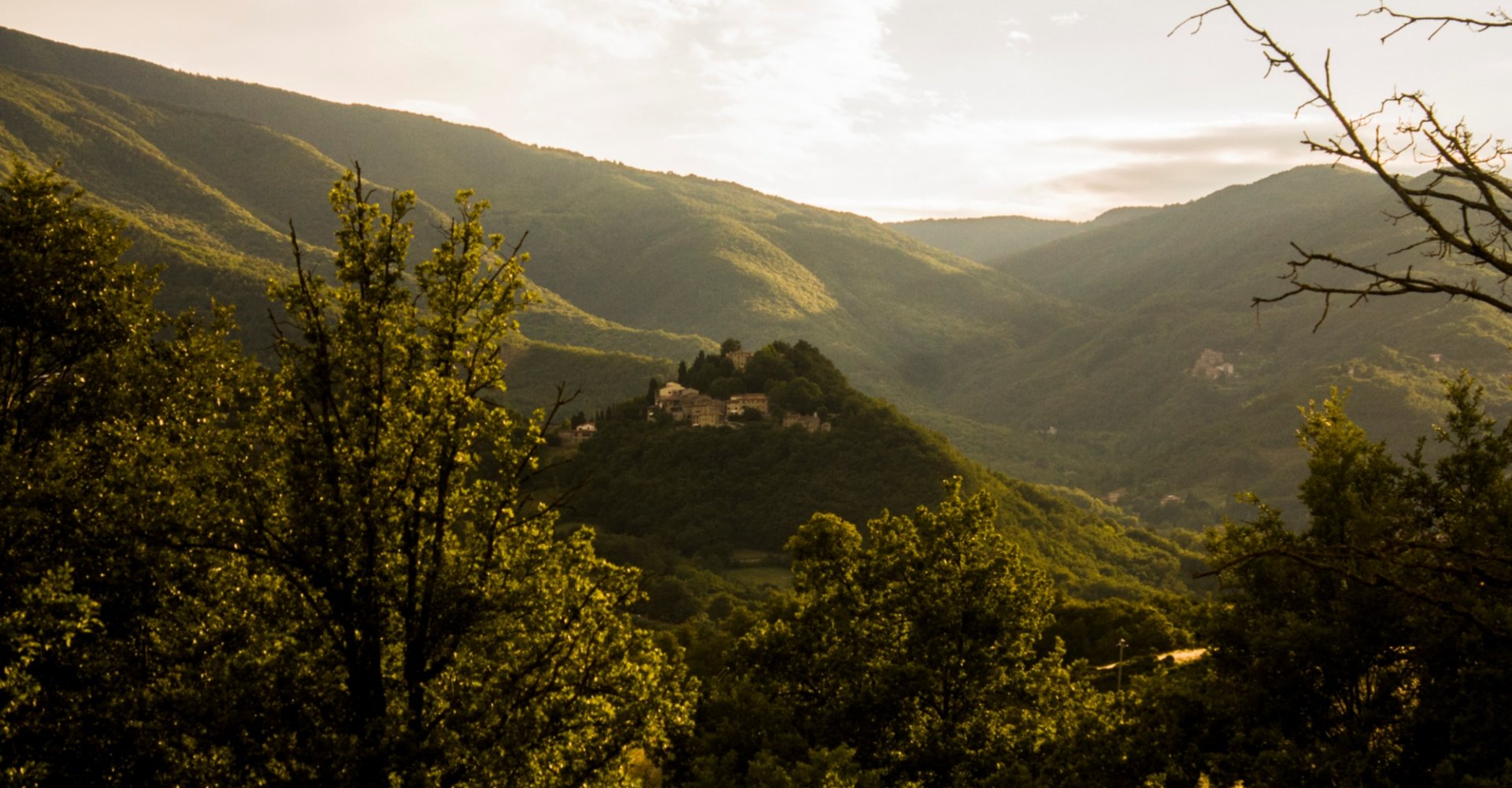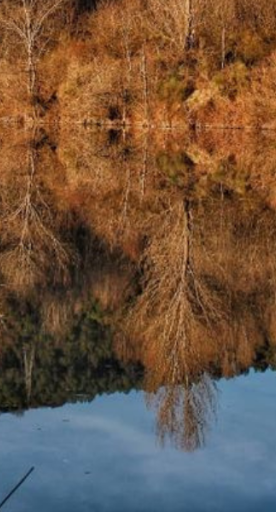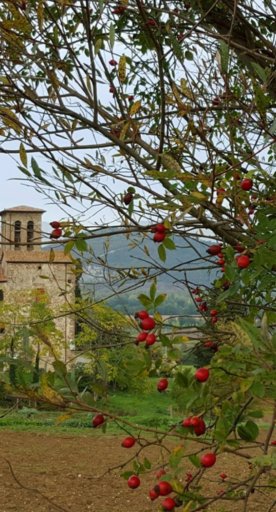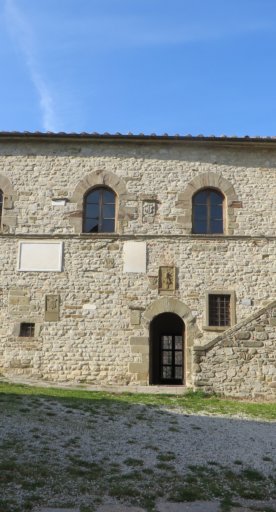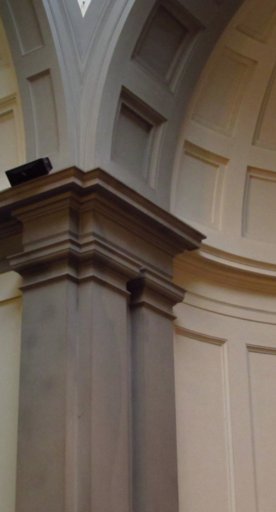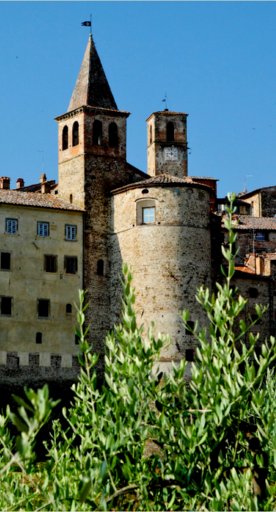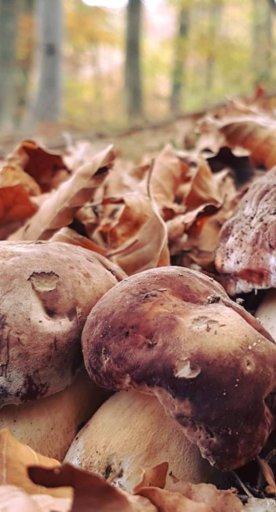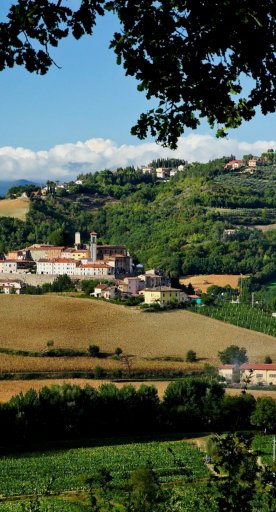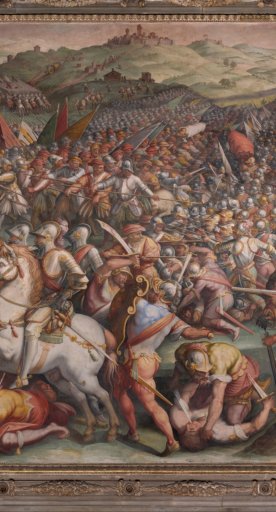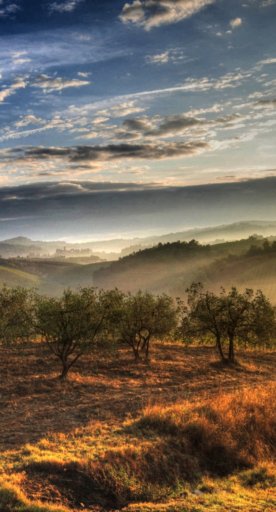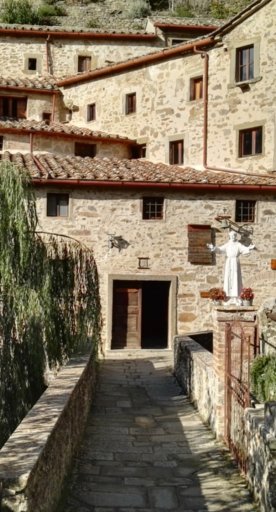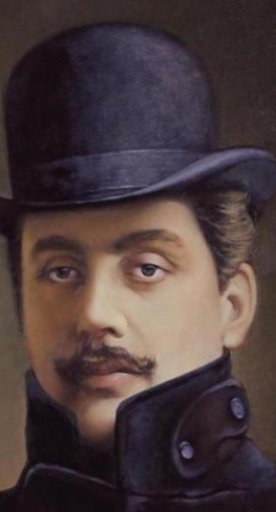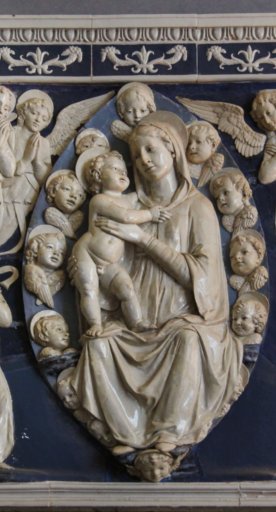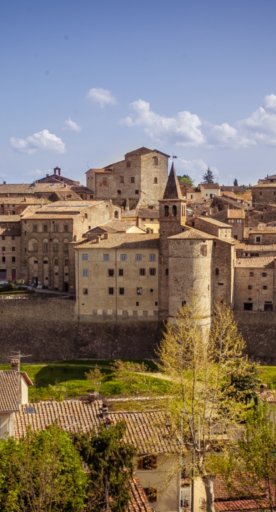Caprese Michelangelo
The Valteriberina village full of history, art and peaceful countryside where Michelango was born.
Caprese Michelangelo is named after Michelangelo Buonarroti, born here on March 6, 1475, when Ludovico, his father, was Chief Magistrate. The town is located on the backbone of the Apennines and stretches through the greenest area of the Tuscan Valtiberina. The area is perfect for a relaxing countryside stroll; rising to an elevation of 1400m above sea level on the Catenaia Alps, it’s carved by numerous waterways that converge in the Singerna torrent and join the Tiber River in Montedoglio Lake.
In 1737, after centuries of Medici rule and a brief period of French power, the Caprese Michelangelo territory passed to the Hapsburg-Lorraine family. With the referendum of 1860, all of Tuscany, including Caprese, joined the Kingdom of Sardinia (aka Italy). During this time, a visionary mind joined Caprese in the form and works of Giovanni Santini, a renowned astronomer and mathematician.
On February 9, 1913, a royal decree officially added Michelangelo’s name to Caprese, an homage to the birthplace of the great Renaissance artist.
What to see in Caprese Michelangelo
Caprese Michelangelo boasts a rich artistic heritage: the Michelangelo Buonarroti Birthplace Museum is located in the Caprese Michelangelo Castle, consisting of three main buildings: Palazzo del Podestà, Palazzo Clusini and the "upper court", enclosed within walls that includes the old parade ground that is now a garden used for exhibitions.
The museum itinerary allows visitors to establish a relationship between the interior spaces and the wonderful outdoor garden. The Michelangelo museum houses a triptych by Giuliano Amidei (15th century) and a statuary by Michelangelo, with plaster casts of the originals kept in the Accademia Gallery in Florence. 19th and 20th century sculptures are found outdoors in the garden, and ons ite you'll also find the historical archive of the Municipality of Caprese, the custodian of the community's oldest documents.
However, there's plenty more to visit in Caprese certainly outside of Michelangelo. Once here, it's certainly worth visiting the beautiful medieval fortress that was built in the 10th century, the historic Camaldolese Abbey of Tifi, and the small Parish Church of Santi Ippolito and Cassiano, made even more spectacular by the landscape. There's also the romantic Church of San Cristoforo in Monna and the Sanctuary of the Madonna della Selva. The places that evidence St. Francis' journey from Assisi to the Sacro Monte della Verna are also particularly fascinating: the Church of San Polo, the Zenzano Chapel and the Casella Hermitage.
Caprese Michelangelo boasts a rich artistic heritage: the Michelangelo Buonarroti Birthplace Museum is located in the Caprese Michelangelo Castle, consisting of three main buildings: Palazzo del Podestà, Palazzo Clusini and the "upper court", enclosed within walls that includes the old parade ground that is now a garden used for exhibitions.
The museum itinerary allows visitors to establish a relationship between the interior spaces and the wonderful outdoor garden. The Michelangelo museum houses a triptych by Giuliano Amidei (15th century) and a statuary by Michelangelo, with plaster casts of the originals kept in the Accademia Gallery in Florence. 19th and 20th century sculptures are found outdoors in the garden, and ons ite you'll also find the historical archive of the Municipality of Caprese, the custodian of the community's oldest documents.
However, there's plenty more to visit in Caprese certainly outside of Michelangelo. Once here, it's certainly worth visiting the beautiful medieval fortress that was built in the 10th century, the historic Camaldolese Abbey of Tifi, and the small Parish Church of Santi Ippolito and Cassiano, made even more spectacular by the landscape. There's also the romantic Church of San Cristoforo in Monna and the Sanctuary of the Madonna della Selva. The places that evidence St. Francis' journey from Assisi to the Sacro Monte della Verna are also particularly fascinating: the Church of San Polo, the Zenzano Chapel and the Casella Hermitage.
Nearby
Valtiberina Toscana has been the home of great artists. Piero della Francesca was born in Sansepolcro, although he went by the name Pietro dal Borgo; the maestro has immortalized Sansepolcro in many of his works, some of which are still on display today in the area.
The village of Monterchi, perched on a hill on the border with Umbria, is where Piero della Francesca created the extraordinary Madonna del Parto fresco for the historic church of Santa Maria a Momentana.
End your trip in Anghiari with a visit to the Anghiari Battle Museum, which offers the opportunity to deepen your understanding of the battle’s history and the artistic story that both Anghiari and Leonardo da Vinci share.
Fishing enthusiasts can find an excellent shore on Lake Montedoglio. It's home to numerous fish species including pike, catfish, carp, sea bass and eels. It's also possible to go canoeing and windsurfing.
Valtiberina Toscana has been the home of great artists. Piero della Francesca was born in Sansepolcro, although he went by the name Pietro dal Borgo; the maestro has immortalized Sansepolcro in many of his works, some of which are still on display today in the area.
The village of Monterchi, perched on a hill on the border with Umbria, is where Piero della Francesca created the extraordinary Madonna del Parto fresco for the historic church of Santa Maria a Momentana.
End your trip in Anghiari with a visit to the Anghiari Battle Museum, which offers the opportunity to deepen your understanding of the battle’s history and the artistic story that both Anghiari and Leonardo da Vinci share.
Fishing enthusiasts can find an excellent shore on Lake Montedoglio. It's home to numerous fish species including pike, catfish, carp, sea bass and eels. It's also possible to go canoeing and windsurfing.
Events
The Festa del Marrone DOP is held annually in October, in the historic center of Caprese Michelangelo. Recipes based on chestnuts, such as the famous castagnaccio, are on offer throughout the celebrations.
The Festa del Marrone DOP is held annually in October, in the historic center of Caprese Michelangelo. Recipes based on chestnuts, such as the famous castagnaccio, are on offer throughout the celebrations.
Typical dishes and products
In Tuscany, the name Caprese Michelangelo is synonymous with chestnuts. The highly prized marrone, Caprese Michelangelo’s specialty, is distinctive for its intense flavor, erring on the sweet side. As evidence of its value and quality, in 2009 the "Caprese Michelangelo chestnut" obtained the Protected Designation of Origin (PDO) and its production is now regulated in a strict disciplinary fashion. The area is also well-known for its delicious mushrooms and truffles.
In Tuscany, the name Caprese Michelangelo is synonymous with chestnuts. The highly prized marrone, Caprese Michelangelo’s specialty, is distinctive for its intense flavor, erring on the sweet side. As evidence of its value and quality, in 2009 the "Caprese Michelangelo chestnut" obtained the Protected Designation of Origin (PDO) and its production is now regulated in a strict disciplinary fashion. The area is also well-known for its delicious mushrooms and truffles.
